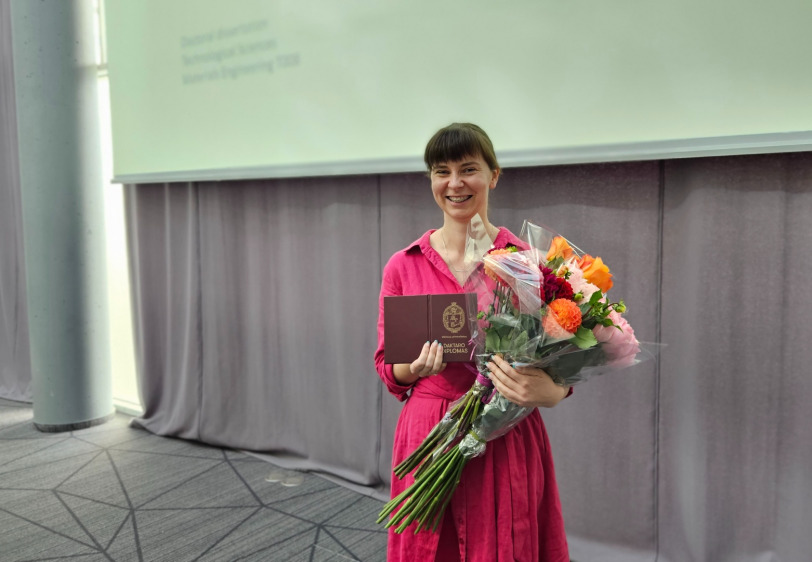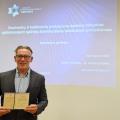Naujienos ir renginiai
- Titulinis
- Naujienos ir renginiai
- Naujienos
Naujienos
2023. 09. 08
-
S. Pūkienė, a physicist who develops sensors, becomes a PhD in Technological Sciences
Simona Pūkienė, a researcher at the Department of Optoelectronics at FTMC, has defended her PhD thesis on a material with high expectations in the fields of sensors and lasers.
The title of the thesis is "Growth and Characterization of Bismide Alloys for Infrared Sensors" (academic supervisor: Dr. Renata Butkutė).
Congratulations to our colleague, good luck and inspiration in your future works!
Sensors are devices that have received a great deal of scientific attention recently. A wide variety of sensors can be bought, but researchers are constantly striving to improve them, to obtain greater stability, longer operation, reduced energy loss and other performance improvements.
Simona's research focuses on infrared (IR) sensors. IR are electromagnetic waves that are longer than visible light but shorter than radio waves. This area is of interest to researchers because of the many absorption or emission bands related to the vibrational properties of different organic molecules. What does this mean?
"Each molecule has its own so-called footprint, which can be seen with special instruments. The IR band is distinctive because it offers many possibilities. But to exploit them, you need the right technology.
For example, an idea that may be implemented in the future is that a person exhales vapours and a device identifies the diseases he or she is suffering from by recognizing the molecular footprints," says S. Pūkienė.
According to the FTMC scientist, IR sensors could also be important in areas such as the movement of autonomous cars, the detection of toxins in the food industry, etc.

(Simona Pūkienė (standing) with her academic supervisor Dr. Renata Butkutė in the lab. Photo: Hernandez & Sorokina / FTMC)
One way to improve IR devices is to use bismide materials. In particular, in the lab Simona has been growing and studying a compound called gallium arsenide bismide (GaAsBi), which is considered to be quite promising: its properties, for example, could lead to the development of laser diodes that would no longer need to be cooled.
However, things are not that simple: the bismuth atom is a very "messy" material and difficult to control. To make gallium arsenide bismide material, the bismuth atom needs to be inserted into a gallium arsenide lattice. According to S. Pūkienė, the process is like trying to put an elephant in a refrigerator. The grid can be stretched and distorted, and the insertion of the bismuth itself is complex.
Thus, her thesis consists of three main steps: firstly, epitaxial layers of gallium arsenide bismide, commonly used for sensors or light emitting diodes (LEDs), were grown and studied by molecular beam epitaxy.
The second part is to develop high quality quantum structures with the highest possible optical intensity. "We have used different geometries of quantum structures to obtain this intensity. This is needed to adapt the structures to laser diodes. If we get a low intensity, it is likely that we will not be able to produce a diode that works properly. Using the analog alloy gradient technique, we were able to create parabolic quantum wells with photoluminescence intensities more than 50 times higher than those of conventional quantum wells," says the FTMC researcher.
The third step is to apply the technology to laser diodes and demonstrate laser processing, which she has also achieved.

(Photo: FTMC)
"The work of technologists is similar to cooking: you have a recipe and you try to make a dish. We have protocols, steps that we follow to create the final product.
In the case of my thesis, we have made sure that our technology works and that the critical parameters for the growth of GaAsBi structures are optimised. A lot of work will be needed to improve the technology, but we have already started on this path. We can already apply and demonstrate it," says S. Pūkienė.
FTMC information
Susiję:
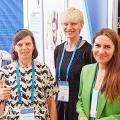
2023. 09. 21
-
Next-generation sensor development moves forward: technology unveiled at prestigious event
The joint team of FTMC and the start-up Innosensus promises great help for gluten intolerant consumers.
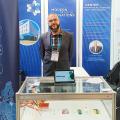
2023. 09. 20
-
FTMC researchers presenting artificial organ support at prestigious life sciences event
K. Kižys and his team are presenting a biocell technology under development that could revolutionize waste recycling and have applications in medicine.
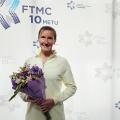
2023. 09. 15
-
Physicist interested in black silicon L. Golubewa becomes the new PhD in Natural Sciences
Desired technology sounds like something out of science fiction - but science is moving towards it, and Lena is contributing to it too.
